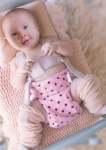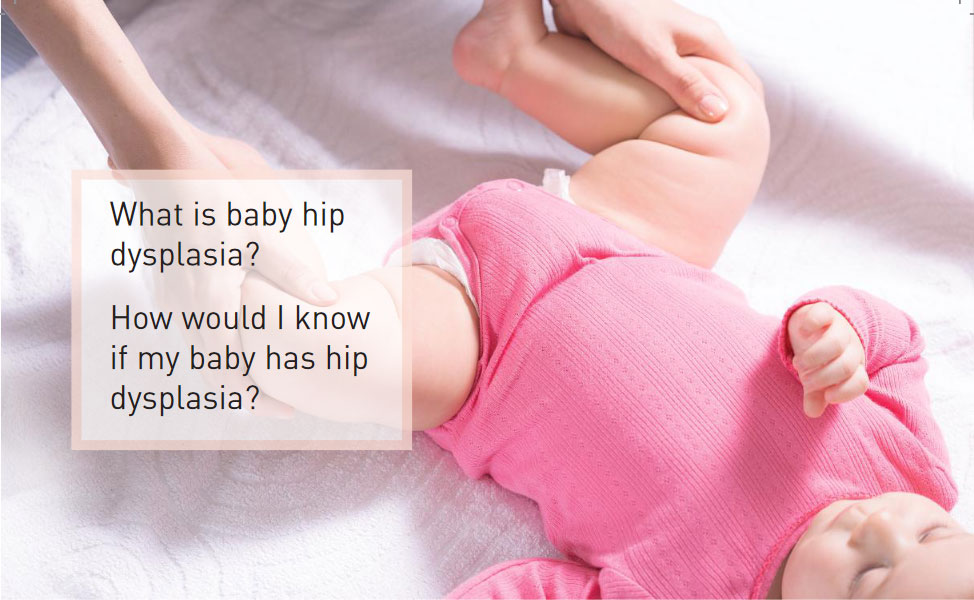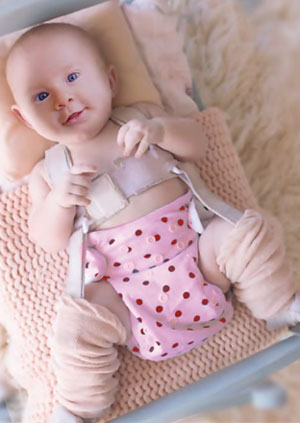Hip Dysplasia in Babies


The NMC Royal Hospital Sharjah is proud to welcome you to our Hip Dysplasia Program. We will do everything possible to help you provide the best care to your baby. That’s why we have implemented Goal-Oriented Baby Care.

With goal-oriented care, we design visit to cover precise goals that are most appropriate to that specific time in your baby care. One of the over-looked health problems among new-born babies is Hip dysplasia.
Hip dysplasia is a problem with how a baby’s hip is developing. We will explain how it is diagnosed and what treatment might be needed. If you are worried your baby might have hip dysplasia, see your doctor.
What is baby hip dysplasia?
Hip dysplasia is a problem that is sometimes noticed in babies, and sometimes in children, around the time they’re learning to walk.
It is sometimes called ‘clicky hips’, because if you move the hips of a baby with hip dysplasia, you can feel a little click.
Usually, the ball at the top of your baby’s thighbone (the femoral head) is held in a cup-shaped socket in the pelvis. The ball is held in the socket by ligaments and muscles.
If your child has hip dysplasia, then the femoral head can move away from that normal position and your baby’s hip will not develop correctly.
Nobody really knows what causes hip dysplasia. It is more common in babies who were in breech position before birth, meaning they were head up instead of head down. It is more common in girls than boys and can run in families.
It can also be caused by wrapping your baby tight or swaddling them, if it’s not done the safe way. If you swaddle your baby, make sure they can bend their legs.
How would I know if my baby has hip dysplasia?
Sometimes hip dysplasia is not obvious. It is easy for you to miss it. Doctors and early childhood nurses do regular checks so that they don’t miss it either.
They look for a baby who:
- has uneven skin creases near the buttocks
- has legs which are a different length
- doesn’t move their legs normally
- has a turned out foot
And they look for an older child who:
- sits or walks late
- leans to one side when standing or walking
- waddles when they walk
Your doctor, or nurse can check your baby’s hips at any time, but often will check them during baby checks done:
- at birth
- one week after birth
- six weeks after birth
- six months after birth
- when they begin to walk
Your doctor, midwife or early childhood nurse might also arrange an appointment with Dr Osama Batal, Orthopaedic Surgeon for full baby assessment for any congenital abnormalities and an ultrasound for hips to rule out congenital hip dysplasia.



